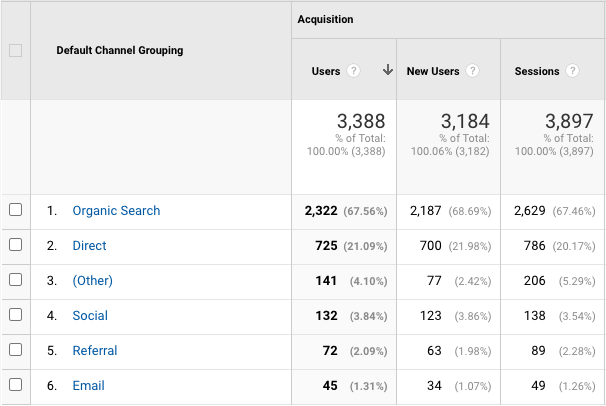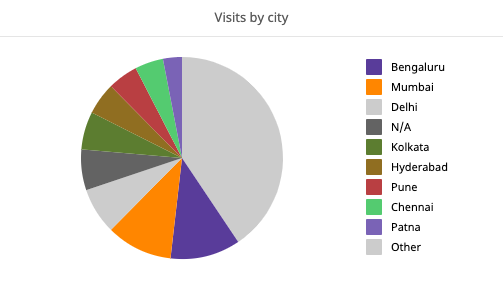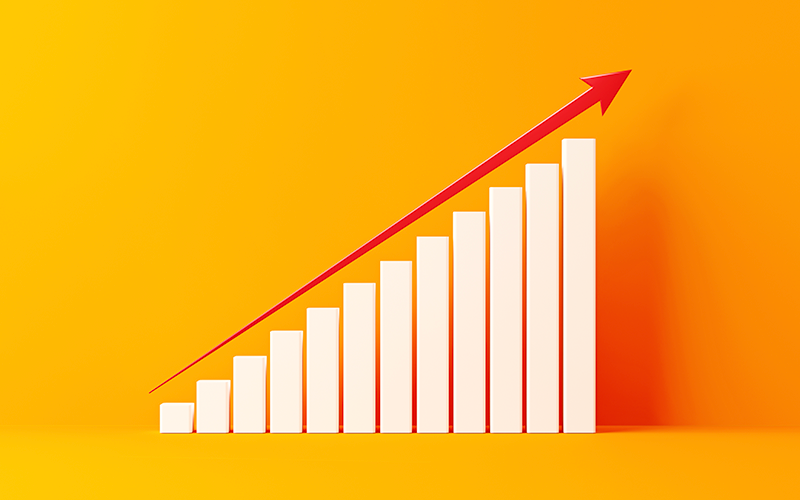“Sold out”! While selling out products is a very good sign for a D2C eCommerce business, it becomes a nightmare if the products sell out too soon or don’t sell out at all.
You need to know the sweet spot of “just enough”. How? By forecasting demand. By accurately forecasting demand, businesses can ensure that they have the right amount of inventory on hand to meet customer demand while minimizing the risks of overstocking or understocking.
But, what is demand forecasting, and why should D2C brand owners stay on top of this?
Let’s find out.
What is demand forecasting?
In simple terms, demand forecasting is the process of estimating the future demand for a product or service.
For example, if you plan to sell clothes online, you should also know if people want to buy them. Your effort, time and energy should translate into actual sales.
By knowing an estimate of how many people would want to purchase your product online, you will be able to set accurate timelines for sourcing raw materials, making the product, shipping the product and then also ensuring your inventory is stocked adequately.
Demand forecasting can help you ensure your eCommerce supply chain keeps running smoothly.
The goal of demand forecasting is to provide businesses with insights into the future demand for their products or services, allowing them to optimize their production, inventory, and distribution strategies.
Importance of demand forecasting for D2C eCommerce brands
1. Helps in inventory management
As we said – to ensure you don’t over-stock, or under-stock! As a D2C brand owner, who does not have a middleman to take care of your inventory, you should remain aware of the stock you currently have, and the stock you would need to meet consumer demands in the short run.
By predicting future demand for their products or services, businesses can better manage their inventory, production, and supply chain activities, which can help them avoid stockouts, excess inventory, and other disruptions that can lead to lost sales and revenue.
Instead of manually keeping track, the best road would be automation. Inventory management tools help automatically makes adjustments to your existing inventory when a product purchase takes place.
2. Essential for risk management
Demand forecasting is an important tool in risk management because it can help businesses anticipate and prepare for changes in demand, which can have a significant impact on their operations and financial performance.
In addition to helping eCommerce businesses optimize their operations, demand forecasting can also help them identify and manage risks associated with changes in consumer behaviour, market conditions, and other external factors.
For example, if you own a D2C business that relies heavily on seasonal sales, you can use demand forecasting to anticipate the impact of weather patterns, holidays, and other events that may influence consumer spending habits.
By preparing for these changes in demand, you can minimize the risk of lost sales or excess inventory.
Related read: What is an emergency fund and how to build it for your eCommerce business?
3. Gives you an insight into new trends and opportunities
Demand forecasting can also help business owners identify emerging trends and new opportunities that may impact their operations.
When you analyze trends in consumer behaviour, market conditions, and other factors, you will also be able to identify new product categories, target markets, or marketing strategies that will help you stay ahead of the competition while mitigating risk.
4. Helps with a successful product launch
A D2C brand that is planning to launch a new product might use market research and historical sales data to predict demand for the new product. A product launch is a daunting affair, and being prepared will help you determine how much inventory to produce and set appropriate prices.
Here is a checklist that you should follow for a mega-successful product launch!
Demand forecasting methods for D2C eCommerce Brands
Now that you know what is demand forecasting, and why D2C brands need it – let us now discuss, how exactly you forecast demand.
There are multiple sources and types of demand forecasting. Here are the most important ones for D2C business owners:
Historical data analysis
Time series analysis
Regression analysis
1. Historical data analysis
D2C eCommerce brands can analyze their past sales data to identify patterns and trends in customer demand. This can be done using tools such as Excel, Google Sheets, or dedicated data analytics software.
Collecting data is as important as accurately analyzing them. Try to identify patterns like
- Is there a certain time when my sales go up?
- Is there a certain condition for increased sales?
- What kind of products has seen more purchases? etc.
2. Time-series analysis
This is a slightly advanced technique where you can use statistical software such as R or Python to analyse past sales data to identify patterns over time. This is usually applicable to big data or large quantities of data collected over time.
For example: If you own a home decor business. You might have seen every year at Ram Navami, your sales go up. This past analysis allows you to predict that next year during Ram Navami, your sales will go up. You will then be prepared with more stock than usual.
3. Regression analysis
If we remove time from the mix, then Regression analysis involves analyzing the relationship between two or more variables to predict future demand.
For example, a D2C eCommerce brand might use regression analysis to predict the impact of price changes on the demand for the product. (When the analysis is done keeping one of the variables as the price of the product – it is also known as Price Elasticity Forecasting)
Related read: How to set the right price for your product or service
4. Market research
A favourite of smaller D2C eCommerce brands – You can conduct surveys, focus groups, and other forms of market research to gather information about customer preferences and behaviour. This method of collecting first-party data with consent allows you have to more control over your business operations and inventory.
We recently explored the concepts of first-party data in our fortnightly newsletter – SME Wrap! Want to stay ahead of the times? Subscribe now.
5. Social media monitoring
D2C eCommerce brands can monitor social media platforms to identify trends and patterns in customer behaviour. Social media is the one-stop place to know everything that is currently trending. Social listening can be a powerful tool if used efficiently.
6. Seasonal forecasting
A D2C brand that sells outdoor equipment might use historical sales data and weather patterns to predict demand for its products during different seasons.
For example, it might anticipate increased demand for camping gear during the summer months. During monsoon, it will understand the oncoming dip in sales.
7. Sales channel forecasting
A D2C brand that sells its products through multiple sales channels (such as its own eCommerce website, marketplace, and social media platforms) should use historical sales data and channel-specific data to understand what channels have worked in the past and therefore what channels will see more demand in the future.

8. Geographic forecasting
As a D2C brand owner, knowing what region will work better for their business is important. A brand that has customers in multiple regions should use historical sales data and demographic data to understand which region saw more sales.
This can help the brand adjust its marketing efforts and inventory management for each region based on anticipated demand.

Sample demand forecasting for a jewellery brand
If you are a D2C brand selling jewellery online, here is what demand forecasting will look like for you:
- Historical Sales Data: You can analyze your past sales data for jewellery, including the quantity sold, the time of year, and the product types (such as necklaces, earrings, bracelets, etc.).
- Market Trends: You can then identify shifts in consumer preferences, emerging styles, and new product categories that may be in demand. For example, you might notice that sustainable and ethically-sourced jewellery is becoming more popular, and adjust your product line and marketing accordingly.
- Geographic Data: You should then analyze sales data from different regions to identify demand patterns across various markets. For example, you may discover that the earrings are particularly popular in Jaisalmer, while your bracelets are a hit in Mumbai!
- Seasonal Trends: You can identify seasonal trends in demand for different types of jewellery. For example, engagement rings and wedding bands might be in high demand during the wedding season.
- Social Media Monitoring: You can monitor social media platforms to identify trending styles, influencers, and user-generated content that might impact demand for your products.
Instamojo has a powerful dashboard that can help you with demand forecasting. Sign up for free to explore!


